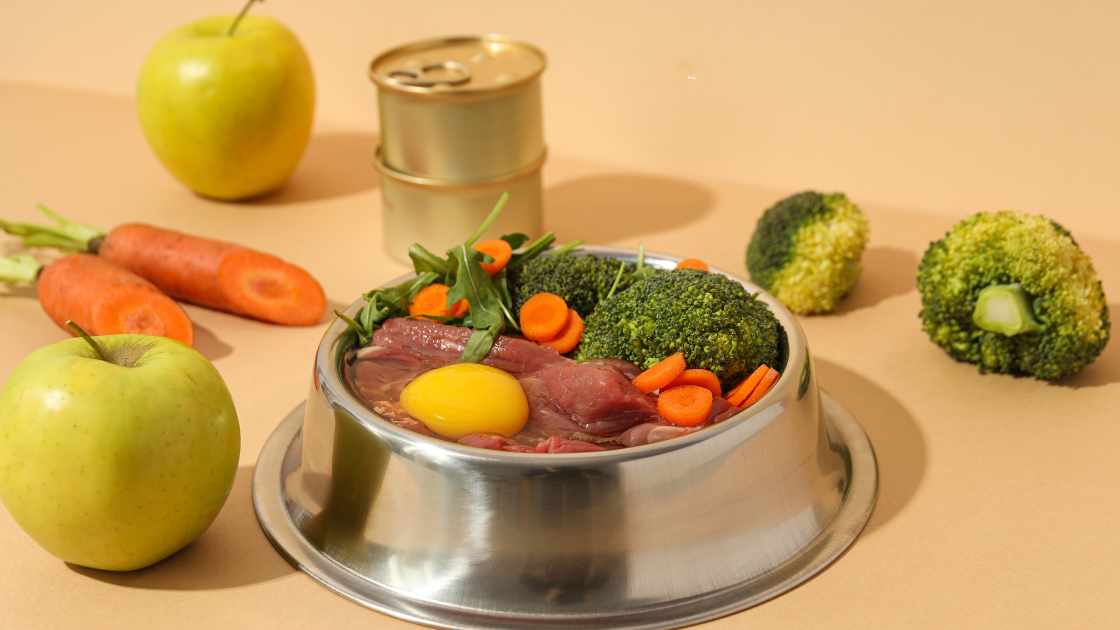
Fresh pet food has become increasingly popular among pet owners who prioritize quality nutrition for their furry companions. Unlike traditional dry kibble, fresh pet food offers a closer approximation to a natural diet, often containing real meat, vegetables, and other wholesome ingredients. However, with this freshness comes the responsibility of proper storage and handling to ensure the safety and quality of the food. One common question that arises is: how long does fresh pet food last after opening? Let’s delve into the factors that influence its shelf life and how you can maximize its freshness.
Table of Contents
ToggleUnderstanding the Shelf Life of Fresh Pet Food: How Long Does it Last After Opening?
Understanding Shelf Life:
The shelf life of fresh pet food after opening depends on several factors, including the ingredients used, preservatives (if any), packaging, and storage conditions. Unlike dry kibble, which can last for months if stored properly, fresh pet food typically has a shorter shelf life due to its lack of preservatives and higher moisture content.
Factors Influencing Shelf Life:
Ingredients: The composition of fresh pet food plays a significant role in determining its shelf life. Foods with high moisture content and perishable ingredients such as raw meat or vegetables will spoil more quickly than those with preservatives or dried ingredients.
Packaging: The packaging of fresh pet food is designed to maintain freshness and prevent contamination. Airtight containers or vacuum-sealed pouches can help prolong shelf life by minimizing exposure to oxygen and bacteria.
Storage Conditions: Proper storage is crucial for maintaining the freshness of fresh pet food. It should be stored in a cool, dry place away from direct sunlight and heat sources. Refrigeration or freezing can further extend its shelf life, especially for raw or cooked products.
Guidelines for Shelf Life:
While specific shelf life can vary depending on the brand and type of fresh pet food, here are some general guidelines to follow:
Refrigerated Fresh Pet Food: Once opened, refrigerated fresh pet food typically lasts between 2 to 7 days. Always check the manufacturer’s instructions for specific recommendations.
Frozen Fresh Pet Food: If you’ve purchased frozen fresh pet food, it can last significantly longer. Once thawed, it should be treated similarly to refrigerated food and consumed within a few days.
Observation: Regardless of the expiration date, always inspect the food before serving it to your pet. Look for any signs of spoilage such as foul odor, mold growth, or changes in texture or color. If you notice any of these signs, discard the food immediately.
Follow Manufacturer’s Instructions: Different brands may have specific recommendations for storing and consuming their products. Always follow the manufacturer’s instructions provided on the packaging to ensure the best quality and safety for your pet.
FAQs
How long does refrigerated fresh pet food last after opening?
Refrigerated fresh pet food typically lasts between 2 to 7 days after opening. It’s essential to store it properly in the refrigerator and follow the manufacturer’s guidelines for best results.
What about frozen fresh pet food? How long does it last after opening?
Frozen fresh pet food can last significantly longer than refrigerated varieties. Once thawed, it should be treated similarly to refrigerated food and consumed within a few days to maintain its freshness and nutritional quality.
Can I extend the shelf life of fresh pet food after opening?
While you can’t significantly extend the shelf life of fresh pet food, proper storage and handling can help maximize its freshness. Store opened fresh pet food in airtight containers in the refrigerator or freezer to preserve its quality for as long as possible.
Conclusion:
Fresh pet food offers numerous health benefits for our furry friends, but it requires proper handling and storage to maintain its freshness and nutritional value. By understanding the factors that influence shelf life and following appropriate guidelines, you can ensure that your pet enjoys safe and delicious meals every time. Remember, when in doubt, it’s always better to err on the side of caution and discard any food that may pose a risk to your pet’s health.
